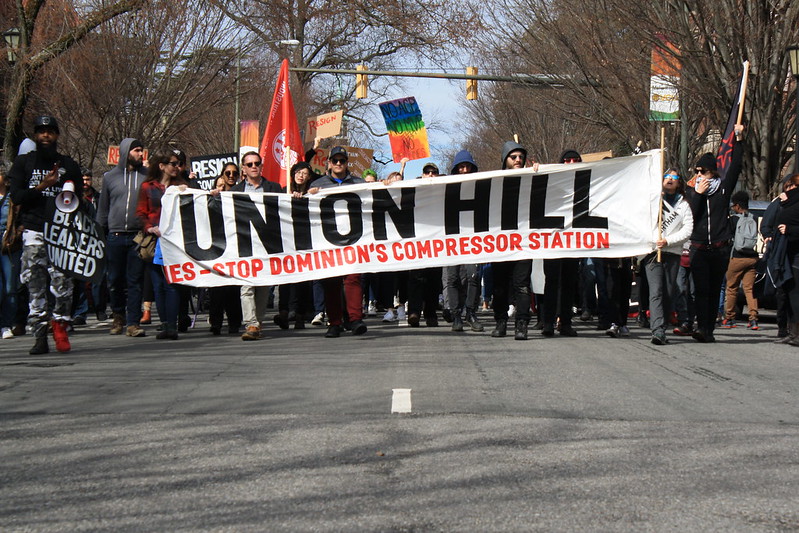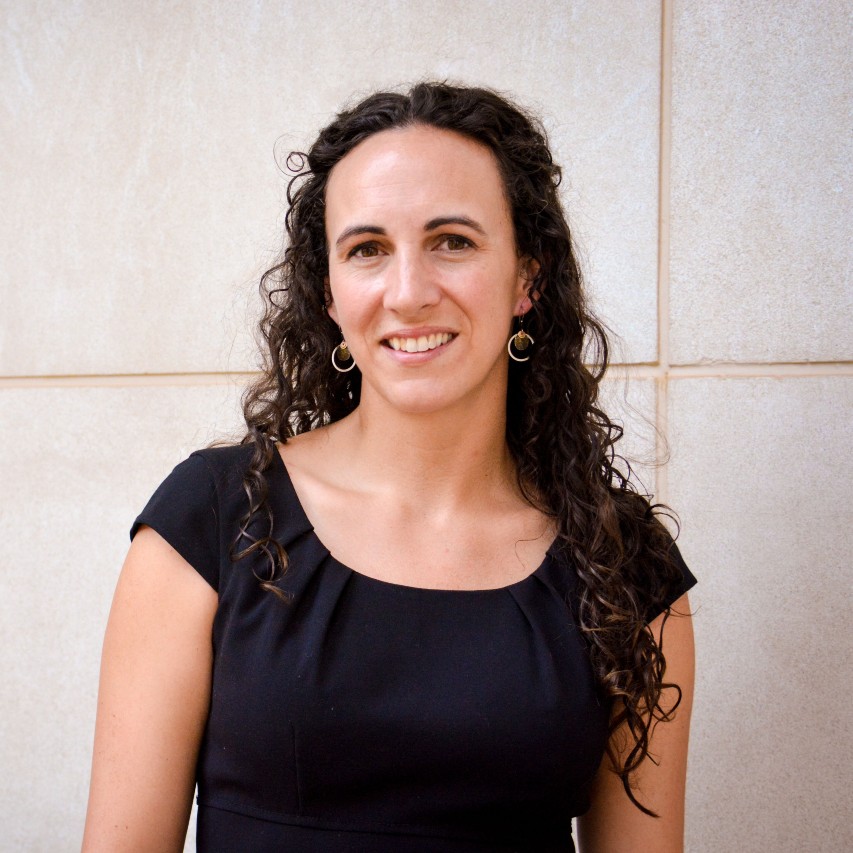These days the Federal Energy Regulatory Commission can no longer be described as a technocratic, under-the-radar agency that sets policies on energy infrastructure and market rules, rates, and standards.
As energy policy has become front-page news — driven by climate change and recent price volatility — FERC has begun updating its regulations to meet new exigencies. The agency has taken big steps this spring to support affordability and a transition to cleaner energy, including proposing updates to the way it permits natural gas pipelines and beginning to overhaul how regions plan and pay for the expansion of electricity transmission infrastructure.
These moves have provoked controversy because their stakes are high: Billions of dollars of infrastructure expenditures are on the table. What gets built, who pays, who hosts this infrastructure, and who makes those decisions also have major implications for equity and racial justice.
In 2017 the residents of Union Hill, Virginia, a predominantly Black community settled by freed slaves in the aftermath of the Civil War, witnessed this firsthand. Over their objections FERC approved plans by the developer of the controversial Atlantic Coast natural gas pipeline to site a highly polluting facility known as a compressor station in their community.
Spurred in part by pushback from incidents like these, this past April FERC signaled a new approach when it released its Equity Action Plan, which aims to better account for how its policies affect structurally marginalized communities.

Fittingly, the plan casts the agency’s newly constituted Office of Public Participation in a starring role. As we document in a recent report, this office represents a crucial experiment in “energy democracy” — that is, making FERC’s policymaking actions more responsive to and inclusive of the public, particularly members of marginalized communities.
In removing barriers to public participation, the Office of Public Participation has the potential to bring a sea change to an agency that has historically been inhospitable to the views of anyone beyond a small circle of industry insiders. Our report offers several recommendations for how the new office can fulfill its potential and spur FERC to better engage with the public and incorporate their on-the-ground perspectives to inform policy — and ultimately make better, fairer decisions. Many of our recommendations closely align with three priorities outlined in FERC’s plan.
The plan’s first priority is building the office itself. We urge FERC to continue the progress it has made over the past year in establishing its institutional capacity, including identifying leadership and hiring staff.
To further advance this priority, we call on the Office of Public Participation to enact new internal policies like instituting an “intervenor funding” program that would set aside money to reimburse individuals for some or all costs incurred when participating in the agency’s policymaking processes, such as attorneys’ fees. Inadequate funds are one of the biggest barriers to participation that communities face. The Equity Action Plan singled out intervenor funding as a key objective for establishing the office.
A second priority in the plan calls for aligning natural gas projects with environmental justice principles. FERC’s tentative moves in this direction have garnered substantial industry pushback, but the necessary reforms are anything but radical — they merely update FERC’s longstanding statutory obligation to ensure that pipeline development is in the public interest.
The office can and should go further, though. Our report recommends that it take steps to revise procedural requirements for participating in natural gas project proceedings and identify opportunities for streamlining and simplification. These include instituting a new policy in which it serves as FERC’s main point of contact with communities affected by natural gas pipeline development. Currently pipeline developers themselves play this role, despite the obvious conflict of interest.
But it is not enough merely to collect views — FERC must integrate them into its decision-making. To this end, a third priority of its Equity Action Plan looks at whether it has the skills and cultural commitment to promote equity as part of its organization mission. It calls for surveying staff capacity to incorporate equity considerations into the agency’s decision-making and providing equity training for staff.
Internal agency capacity will play a crucial role in promoting equity. We call on the Office of Public Participation to reorient FERC’s organizational culture so it genuinely values and embraces public engagement. It must go beyond simple staff training and adopt relevant performance metrics that reinforce widespread commitment to this culture and incentivize the agency’s political leaders to nurture and sustain it over the long term.
Worsening climate-induced disasters disproportionately harm those who contributed the least to them. Our nation’s energy policy must incorporate the voices of those who pay the greatest price for our fossil-fueled energy prosperity. Communities like Union Hill must have a meaningful chance to shape the energy policy questions that affect them, including where they get their energy from and what, if any, energy infrastructure they will host. Indeed, while Union Hill was eventually able to block construction of the compressor station in their community, it was only after prevailing at a different agency under a different law.
As it scales up its operations, FERC’s Office of Public Participation has a historic opportunity to redesign public participation toward a goal of energy democracy. If successful it will not only bring greater fairness and equity to its work but stand out as a leader among agencies in advancing our constitutional vision of government “by the people.”
The opinions expressed above are those of the author and do not necessarily reflect those of The Revelator, the Center for Biological Diversity or their employees.
![]()
Previously in The Revelator:
Closing the Tree Equity Divide



